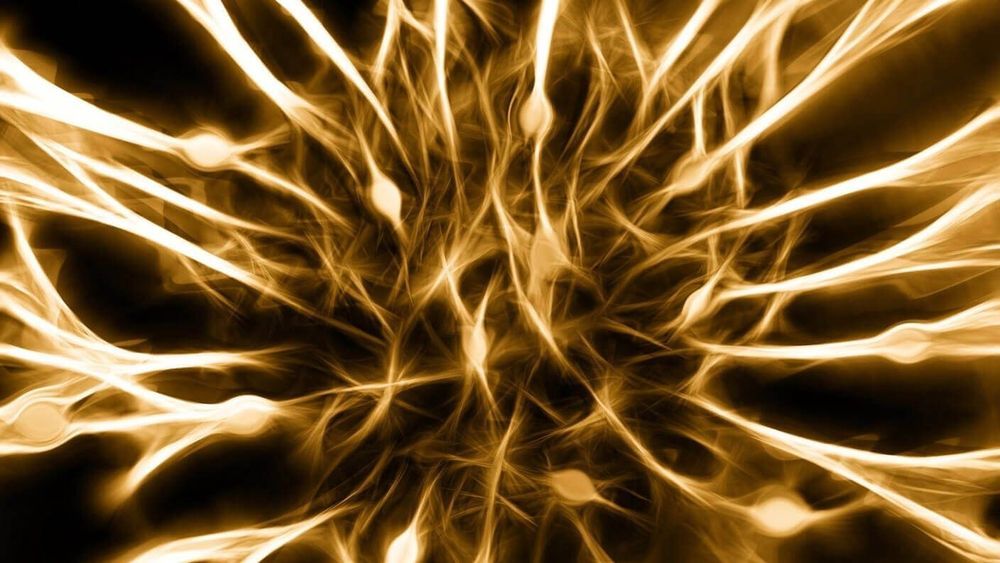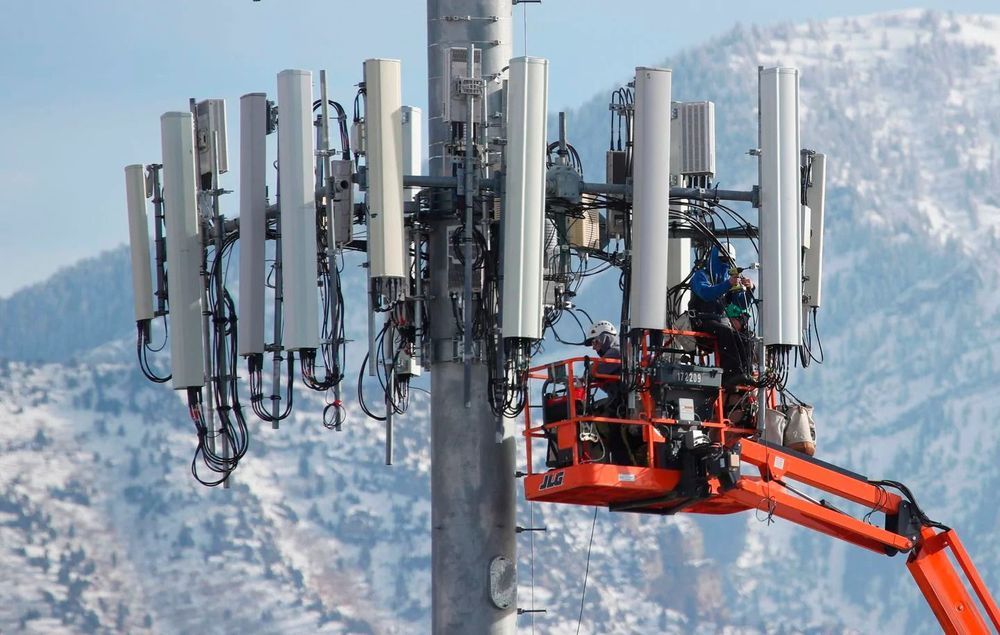Some scientists think so.
They argue that all the information in the universe may be stored on some sort of two-dimensional object. In this video, NASA astronomer Michelle Thaller delves into frontier science — an unchartered territory that may require a new level of physics to better understand.




